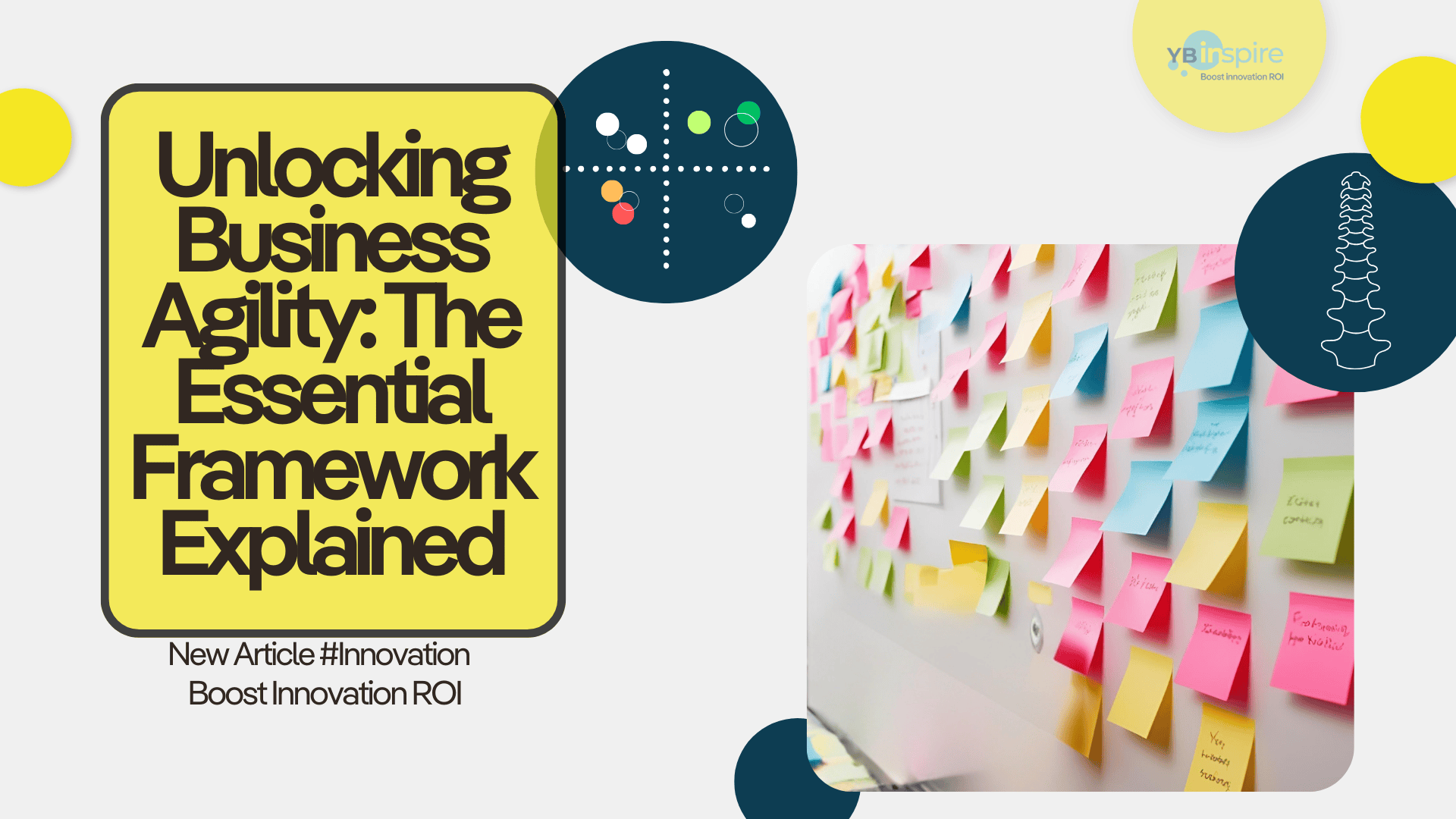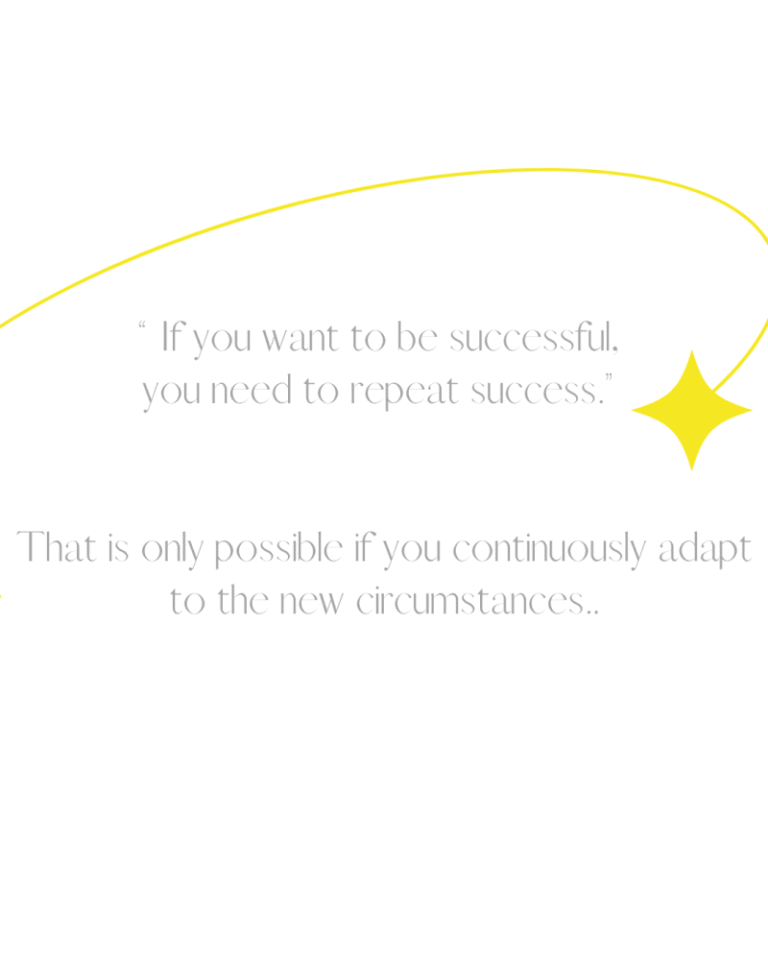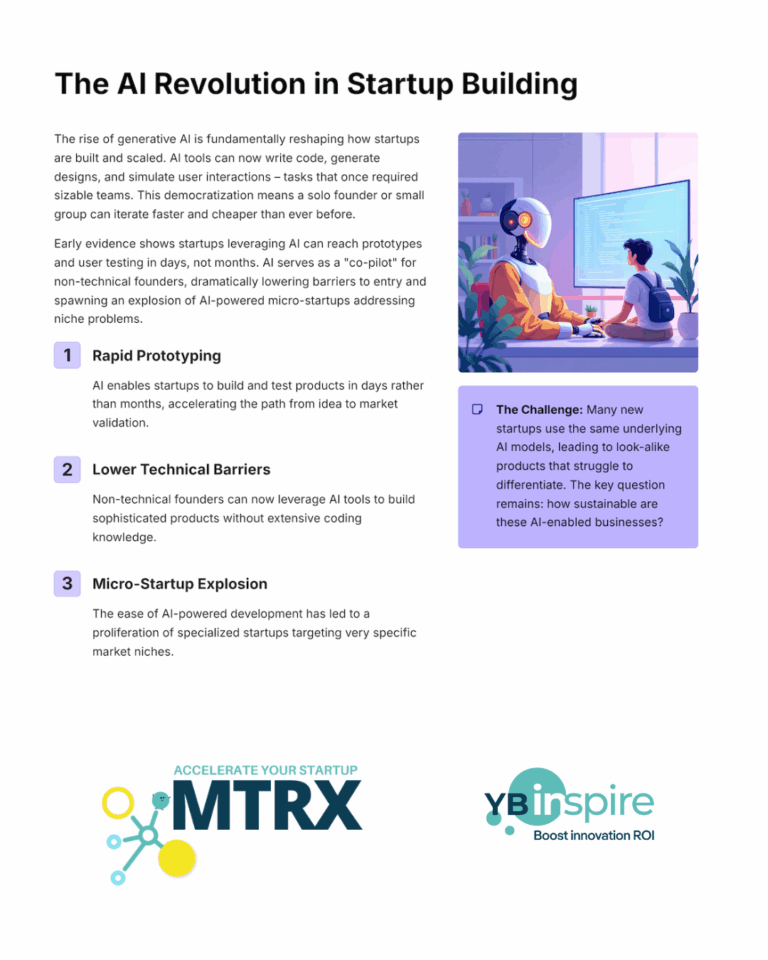In today’s rapidly evolving business environment, organizations face unprecedented challenges and opportunities. To thrive, they must adopt a framework that embraces business agility, enabling them to swiftly respond to market dynamics and customer needs. This article delves into the essential components of business agility and outlines how organizations can navigate their business agility journey effectively.
Understanding Business Agility
Unlocking Business Agility: The Essential Framework Explained
In today’s rapidly evolving business environment, organizations face unprecedented challenges and opportunities. To thrive, they must adopt a framework that embraces business agility, enabling them to swiftly respond to market dynamics and customer needs. This article delves into the essential components of business agility and outlines how organizations can navigate their business agility journey effectively.
Definition of Business Agility
Business agility is the ability of an organization to compete and thrive in the digital age. It encompasses the capacity to quickly respond to market changes and seize emerging opportunities through innovative, digitally-enabled business solutions. In essence, business agility allows an organization to adapt its way of working and transform its operations to align with current trends, ensuring that it remains relevant and competitive in a fast-paced business world.
Importance of Business Agility in the Modern Business World
The importance of business agility cannot be overstated in today’s complex and unpredictable business landscape. This agility represents a fundamental shift in how organizations operate; rather than merely attempting to predict and control the future, agile organizations develop the capability to sense and respond rapidly to environmental changes. Factors such as compressed decision windows, increased complexity, evolving talent expectations, and heightened customer expectations make business agility a vital component for success in 2024 and beyond.
Key Components of Business Agility
Pursuing business agility extends beyond mere survival; it offers organizations numerous advantages that enhance their competitive positioning. Key components include improved financial performance, greater innovation capacity, higher employee engagement, and operational resilience. By adopting a framework for business agility, organizations can ensure value delivery to stakeholders while effectively transforming their products and services to meet changing customer needs. This proactive approach helps organizations achieve business agility and maintain a competitive advantage in a turbulent business environment.
Overview of the Essential Framework
The Framework for Business Agility has been specifically designed to help organizations navigate the complexities of a volatile, uncertain, complex, and ambiguous environment. Rooted in the genuine experiences of members from the Agile Business Consortium, this framework emphasizes the critical elements that can propel an organization toward true agility: its culture, leadership, and governance. By fostering an adaptive culture that encourages innovation and collaboration, organizations can enhance their ability to deliver value consistently while remaining responsive to evolving customer needs.
Steps to Implement the Framework in Your Organisation
Transforming an organization into a more agile entity requires a concerted effort across multiple dimensions. Leadership transformation is essential, as it fosters a supportive environment for employees to take ownership of their work. Structural evolution may involve redesigning teams to enhance collaboration and efficiency. Process redesign focuses on streamlining workflows to improve productivity, while cultural development nurtures a mindset geared towards continuous learning and adaptability. Lastly, technology enablement ensures that the organization has the necessary tools to support its agile methodologies, facilitating a seamless business transformation that enhances overall business agility.
Measuring Success: KPIs for Business Agility
The Innovation Capability Index (ICI) serves as a structured approach to assessing and fostering business agility within an organization. By measuring capabilities across critical dimensions, such as leadership effectiveness, team collaboration, and customer engagement, the ICI offers actionable insights that help organizations accelerate their agile transformation. Implementing these key performance indicators (KPIs) allows businesses to track their progress, identify areas for improvement, and ultimately achieve business agility. This structured evaluation approach ensures that organizations remain focused on delivering value to stakeholders while adapting to changing business environments.
Trends Influencing Business Agility in 2025
As we approach 2024, various trends are shaping the landscape of business agility. The geopolitical environment has become increasingly fractured, with ongoing conflicts in Ukraine and the Middle East. These conflicts create uncertainties that organizations must navigate to remain competitive. Additionally, climate change accelerates, leading to extreme weather events that disrupt supply chains and challenge organizations to reconsider their environmental impact. Resource scarcity also poses a significant challenge, affecting everything from semiconductors to skilled labor. Organizations must be adaptive and agile in addressing these trends to ensure they can deliver value and maintain their competitive edge.
Digital Transformation and Its Impact on Agility
Digital transformation continues to redefine the competitive game, presenting both opportunities and challenges for organizations striving for business agility. Technological advances enable companies to implement innovative business solutions quickly, which is essential for responding to changing customer needs. This ability to pivot swiftly is what we define as business agility—an essential factor in determining success or failure in the current business environment. By embracing digital transformation, organizations can enhance their agility, ensuring they remain relevant and responsive amidst the rapid evolution of market dynamics.
Best Practices for Developing an Agile Mindset
To achieve business agility, organizations must start with a clear understanding of the specific outcomes they aim to achieve. This clarity is vital as it guides the prioritization of agility aspects and sequences changes effectively. Developing an agile mindset involves fostering a culture that values experimentation and learning, allowing teams to explore new business solutions without the fear of failure. Emphasizing continuous improvement and customer value can significantly enhance an organization’s ability to stay competitive in an ever-changing business landscape.
How Business Agility Boosts Overall Productivity
Organizations that adopt business agility often experience a significant boost in overall productivity. By developing agile capabilities, these organizations enhance their competitive positioning and improve financial performance, both of which contribute directly to productivity. Agile practices streamline workflows, enabling teams to respond to customer needs and market changes more efficiently. This responsiveness fosters an environment where value delivery becomes a priority, ultimately leading to increased innovation and a more dynamic approach to achieving business goals.
Case Studies: Successful Agile Organisations
Examining successful agile organizations reveals that they create environments conducive to experimentation and rapid learning. These organizations encourage teams to innovate, leading to faster market entry for new products and services. A prime example is a tech company that adopted agile methodologies, resulting in shorter development cycles and enhanced customer engagement. Such case studies illustrate how embracing an agile framework can result in superior performance and a sustainable competitive advantage in the modern business world.
Challenges in Achieving Business Agility and How to Overcome Them
The journey toward achieving business agility is fraught with challenges that require ongoing commitment. Organizations must undergo fundamental shifts in structure, leadership, and operational processes. Resistance to change is common, making it essential to cultivate a supportive culture that embraces agility. Leaders must actively promote the benefits of agile practices and provide the necessary resources for teams to thrive. By addressing these challenges head-on, organizations can successfully navigate their business agility journey and reap the rewards of enhanced responsiveness and innovation.










